Text
Daily Instrument — Burczybas
The burczybas is a Polish friction drum. It has a wooden barrel as a resonator, the top of the barrel is made of a membrane. Horse hair is attached to a hole in the membrane. To play the burczybas one player holes the instrument and the other either wets their hand or wears a rosined glove and rubs the horse hair.

youtube
4 notes
·
View notes
Text
Daily Instrument —c
The caña de millo (also called flauta de millo or pito atravesao) is a Colombian woodwind instrument played in ensembles called grupos de millo. The caña de millo has a thin hollow tube body made of various types of cane with four finger holes and a single-reed. The instrument is played in transverse, meaning it is played horizontally.

youtube
#flauta de millo#pito atravesao#Caña de millo#instrument#instruments#musical instruments#folk instruments#folk music#Youtube
10 notes
·
View notes
Text
Daily Instrument — Tambin
The tambin is an African flute of the Fula people of West Africa. The instrument is made of a conical vine with three finger holes. Despite the small amount of figner holes, the tambin has a range of two and a half octaves through overblowing. Overblowing changes the register of a note by increasing the air pressure.
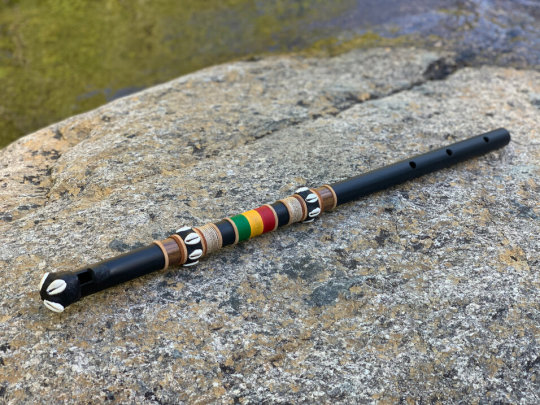
youtube
#tambin#kossa flute#fula flute#instrument#instruments#music#musical instruments#folk instruments#folk music#Youtube
7 notes
·
View notes
Text
Daily Instrument — Mijwiz
The mijwiz is a wind instrument played in countries like Syria, Lebanon, Palestine, Jordan and Egypt and is the ancestor of the bagpipes. The mijwiz has two bamboo pipes with six finger holes, one bamboo pipe uses a single reed and the other a double reed. The instrument is played with circular breathing, a breathing technique where you exhale through your mouth and inhale through your nose simultaneously. Mijwiz translates to “double” in Arabic

youtube
67 notes
·
View notes
Text
Daily Instrument — Yaybayar
The Yaybayar is a Turkish bowed string instrument made in 2009. It's a large instrument with a long fretted cylindrical neck. Instead of using a sound box the vibrations from the two strings travel through coiled springs to drums made of membrane. The vibrations then echo travel back and forth through the drums and springs. This is what gives the yaybayar its unique sound.
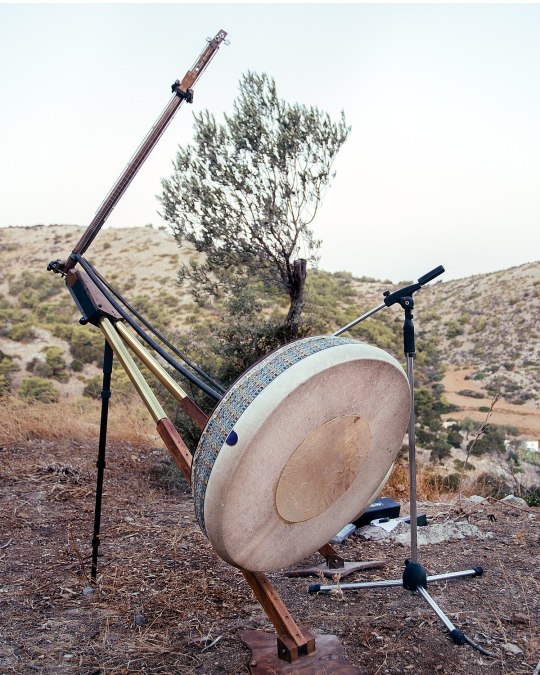
youtube
13 notes
·
View notes
Text
Daily Instrument — Ophicleide
The ophicleide is a brass instrument from 19th century France, literally called “serpent with keys”. The ophicleide was made to play the lowest notes in the brass section. However due to the difficulty the instrument took to play once the tuba was invented it quickly got replaced and died out. The ophicleide’s body is a long tube and has 9–12 keys. The keys are placed where the player can reach them rather than what is the most sensical, making the instrument troublesome to play.
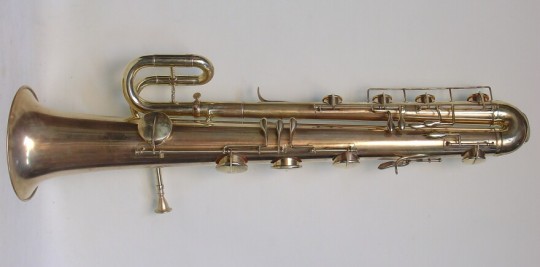
youtube
5 notes
·
View notes
Text
Daily Instrument — Zambomba
The zambomba is a Spanish friction drum played in flamenco. As tradition, during Christmas time people hold festive gatherings to play the zambomba and sing Christmas carols. It has a barrel shaped body with a membrane stretched on top. A wooden stick is attached to the membrane, and is played by rubbing the wooden stick with a damp cloth.

youtube
1 note
·
View note
Text
Daily Instrument — Ploy
The ploy is a Cambodian free reed wind instrument. It has a circular hollow body for a windchest and an extended nose for a mouth piece. Attached to the windchest are a set of bamboo pipes with holes. To alter the notes the player changes the direction of air (exhaling or inhaling) or opens and closes the holes in the bamboo pipes.
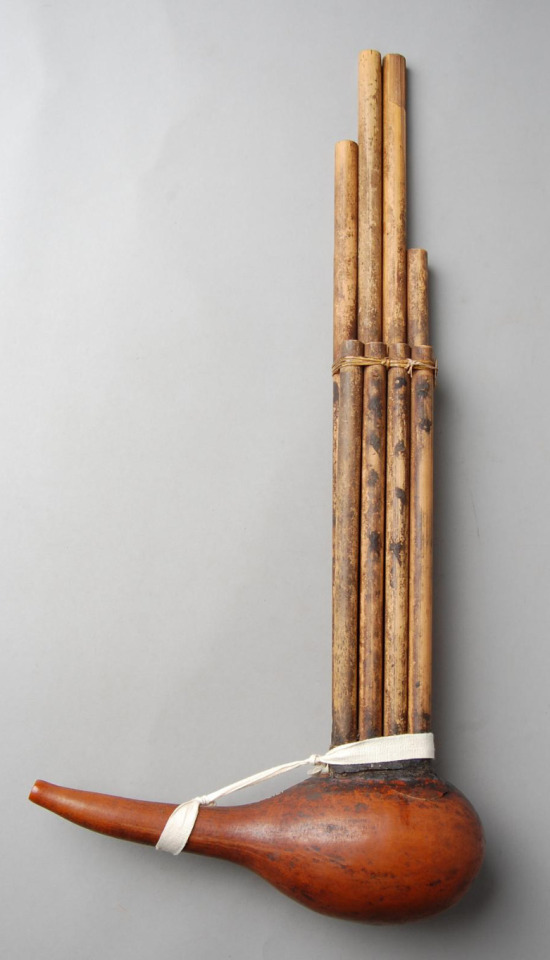
youtube
15 notes
·
View notes
Text
Daily Instrument — Cittern
The cittern is a lute from the Renaissance Era based on the Medieval citole. It has a pear shaped wooden body and a metal fretted neck. The instrument has four to six pairs of metal strings that are played with a plectrum and strung over a bridge. The cittern also has tenor and bass variants.

youtube
#guess who backkk#instruments#instrument#musical instruments#folk instruments#folk music#music#cittern#Youtube
18 notes
·
View notes
Text
Daily Instrument — Taus
The taus or mayuri vina (literally called “peacock”) is an Indian bowed string instrument. The taus has a long neck with movable frets (similar to a sitar) and a body the shape of a peacock. It has 4 main strings and a varying amount of sympathetic strings. The instrument is decorated with peacock feathers to form the shape of a tail.

youtube
#mayuri vina#mayuri veena#taus#instrument#instruments#music#musical instruments#folk instruments#folk music#Youtube
24 notes
·
View notes
Text
Daily Instrument — Didgeridoo
The didgeridoo is an Aboriginal Australian wind instrument from 40,000 years ago. The instrument is a long hollowed out wooden tube. Originally didgeridoos were made of eucalyptus branches that were hollowed out by termites. The player plays one main note and alters overtones with their lips, and it functions as a rhythm instrument. The didgeridoo is mostly played with circular breathing, a breathing technique where you simultaneously inhale with your mouth and exhale in with your nose.
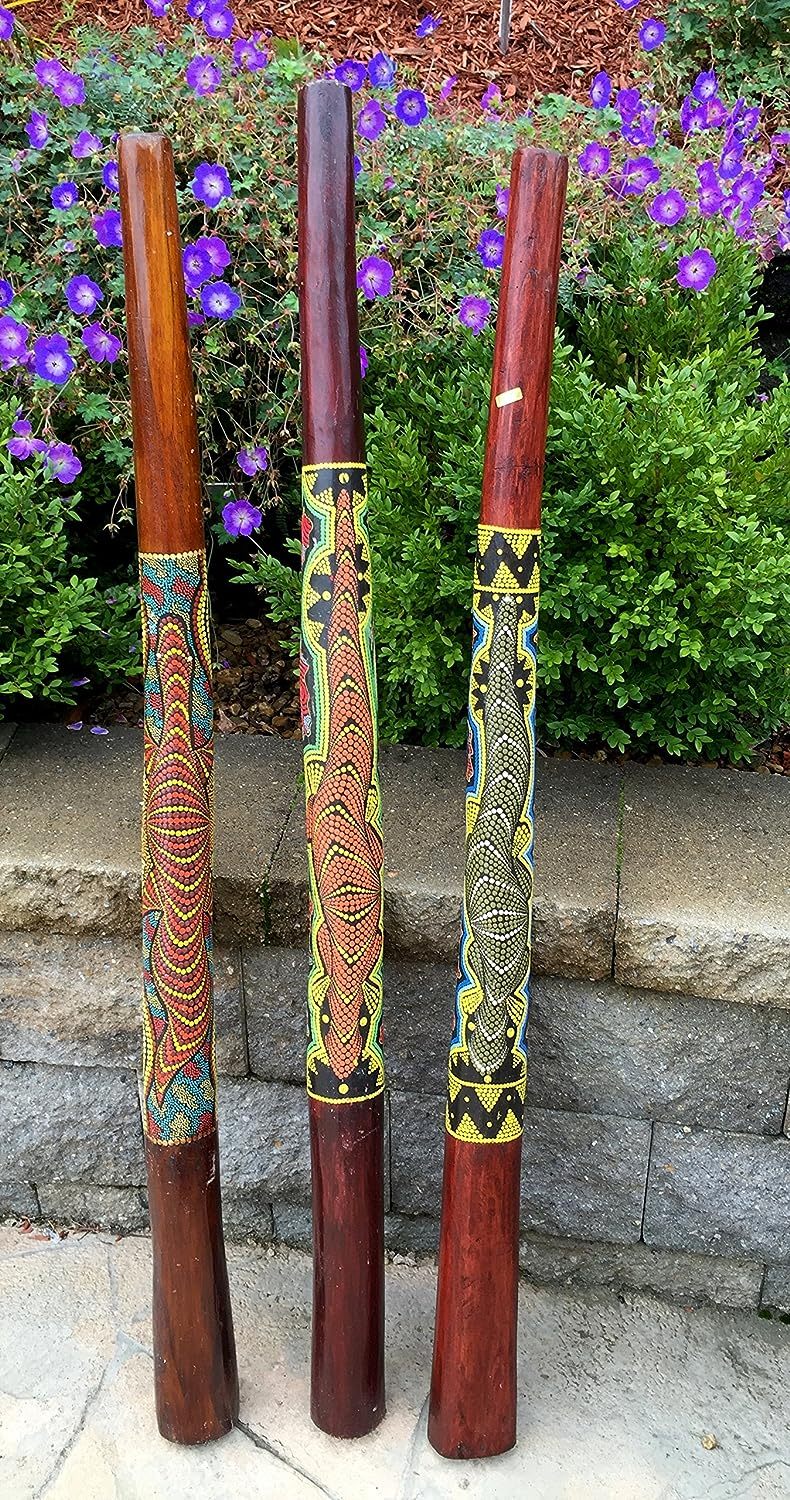
youtube
#one of the instruments of al time actually#instrument#instruments#music#musical instruments#folk instruments#folk music#didgeridoo#Youtube
5 notes
·
View notes
Text
Daily Instrument — Cajón
The cajón is a Peruvian percussion instrument created by African slaves and is literally called “box”. The cajón is a wooden box with a hole on one side that the player sits on to play. The cajón has multiple striking zones that the player can hit with their palms and fingers. The player can get a large variety of sounds out of the instrument by using different techniques.
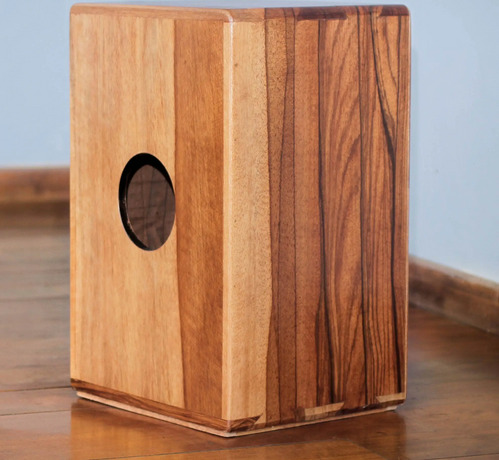
youtube
#ive been doing a lot of percussion instruments lately havent i#instrument#instruments#music#musical instruments#folk music#folk instruments#Youtube
6 notes
·
View notes
Text
woohoo happy 100 instruments!! we made it!! i dont have much to say.. but we did it! onto another 100!
#non instrument post#thank you to everyone whos stuck around and interacted with stuff love you all :D
7 notes
·
View notes
Text
Daily Instrument — Ukulele
The ukulele is a Hawaiian lute instrument originating in Portugal. The Ukulele has a small guitar-like body and four nylon strings. It’s played either with thumbs or fingertips. The ukulele was brought to Hawaii by Portuguese immigrants and then popularized by King Kalākaua who promoted the instrument.
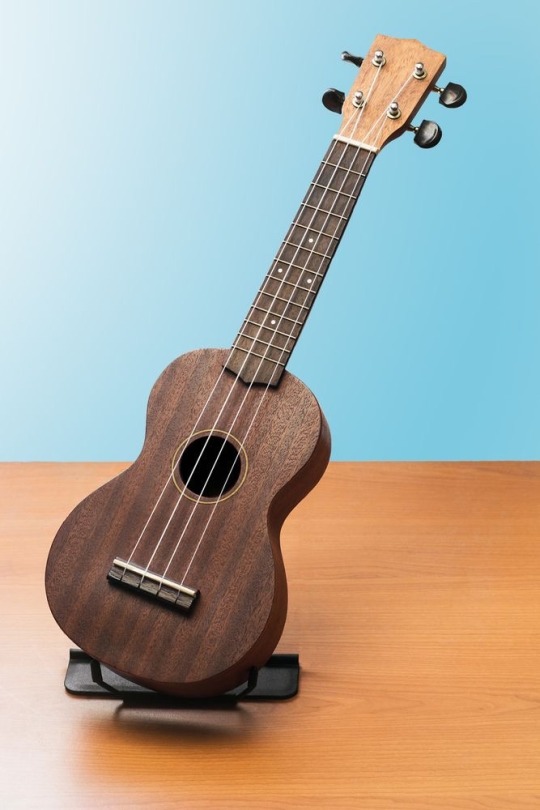
youtube
2 notes
·
View notes
Text
Daily Instrument — Conga
The conga is a Cuban percussion instrument played in Afro-Cuban music. The conga has a barrel-like body made of either fiberglass or wood. It has a top made of membrane and held down by a metal rim. The conga is played in sets of 1–4 and is struck by the players fingers and palms.

youtube
5 notes
·
View notes
Text
Daily Instrument — Đàn đá
The đàn đá, or đàn goong is a Vietnamese lithophone (idiophone made of rock) and literally called “rock instrument” or “rock gong”. The instrument is ancient, played between 4,000 and 10,000 years ago, however is still played. The đàn đá is made of eleven differently sized stones that are shaped to a certain pitch and lined up in a row. The player uses wooden mallets to strike the stones.

youtube
#Đàn đá#Đàn goong#lithophone#instrument#instruments#music#musical instruments#folk instruments#folk music#Youtube
36 notes
·
View notes
Text
Daily Instrument — Handpan
The handpan is an idiophone originating from Switzerland in 2000 and based on the Trinidadian and Tobagonian steel pan. The handpan is made of two hollow steel domes bonded together. The player places the handpan on their lap and strikes with their hand one of of 8–9 dimples.
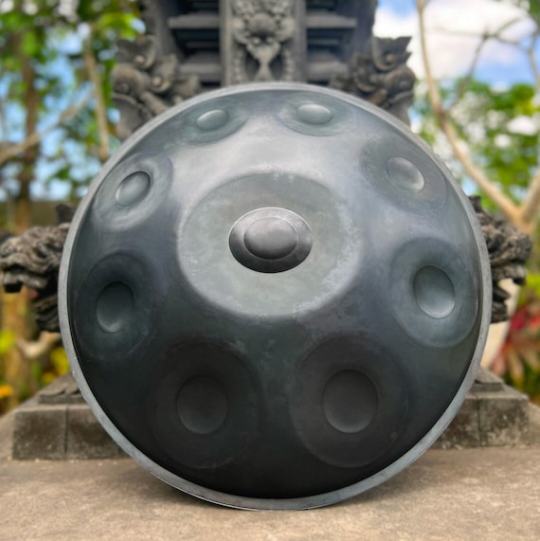
youtube
7 notes
·
View notes